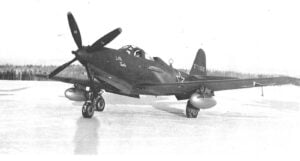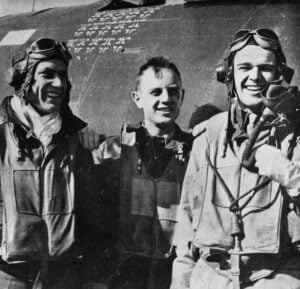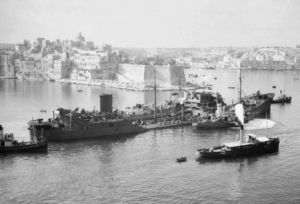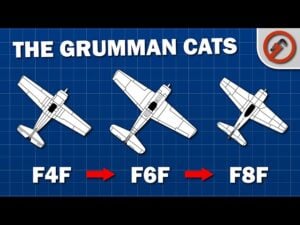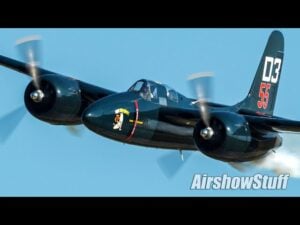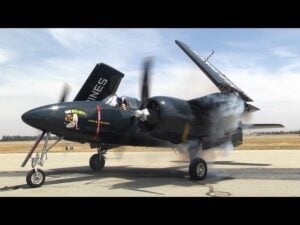How Dogfights Worked In P-61 Black Widow
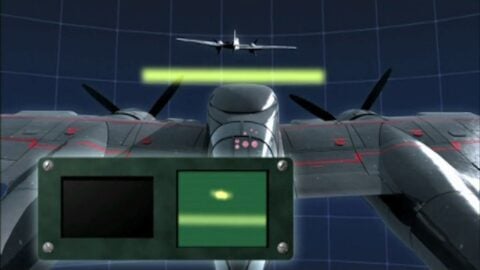
YouTube / Karl Thomas
The Northrop P-61 Black Widow was a groundbreaking aircraft designed to hunt in the shadows. As the first American aircraft built specifically as a night fighter, it relied on advanced radar technology and seamless crew coordination to track and destroy enemy aircraft that would otherwise go unseen in the dark.
Built for the Night: A New Breed of Fighter
To counter the growing threat of enemy night bombers, the U.S. Army Air Forces decided to create an entirely new type of aircraft, one designed specifically for night missions. The result was the Northrop P-61 Black Widow.
According to historian and author Warren Thompson, “The P-61 was the only WWII aircraft that was designed from the ground up for night fighting. The Luftwaffe wrote a textbook for night interception. The P-61 took everything they learned from the RAF and incorporated it into that plane.”
Engineers understood that a successful night fighter required three key attributes: speed, heavy armament, and excellent radar. The P-61 delivered on all counts.
Powered by twin Pratt & Whitney R-2800 engines, it could reach speeds of up to 365 miles per hour. At the heart of its night-fighting mission was its airborne intercept radar, which operated through a rotating antenna in the nose. This antenna emitted long-wavelength radio energy- microwaves that would bounce off any aircraft within about five miles. The returning signals were interpreted by the radar operator, who could then track enemy aircraft in total darkness.
Eyes in the Dark
The P-61’s radar was its most revolutionary feature. Operated by a skilled radar officer, the system enabled the crew to detect and track enemy aircraft long before they became visible. The radar operator’s readings guided the pilot to an ideal attack position, ensuring the P-61 could strike unseen and with deadly precision.
Unlike traditional fighters that engaged in turning dogfights, the P-61’s strategy relied on patience and stealth. Once the radar operator had locked onto a target, the pilot would close in silently under the cover of night, moving into firing range before the enemy even realized it was being hunted. These ambush tactics turned the Black Widow into a true predator of the night skies.
The P-61’s Combat Edge
When it came time to attack, the P-61 packed formidable firepower. It carried four 20mm cannons mounted beneath the fuselage and four .50 caliber machine guns housed in a remotely controlled dorsal turret. The tightly grouped guns created a concentrated stream of fire that could tear through any aircraft unfortunate enough to fall within its sights.
Despite being a large, twin-engine aircraft, the Black Widow was surprisingly agile. Its pilot could maneuver effectively in combat, while the gunner could use the remote turret to defend against pursuing aircraft. This balance of power, flexibility, and teamwork made the P-61 capable of handling itself even in direct engagements.
Legacy
The P-61’s legacy lies in its pioneering role as a true night interceptor. It filled a vital gap in Allied air defense, bringing down enemy bombers and intruders that daytime fighters couldn’t reach. With its combination of radar innovation, firepower, and speed, the Black Widow proved that air superiority extended far beyond daylight- it belonged to those who could master the night.














